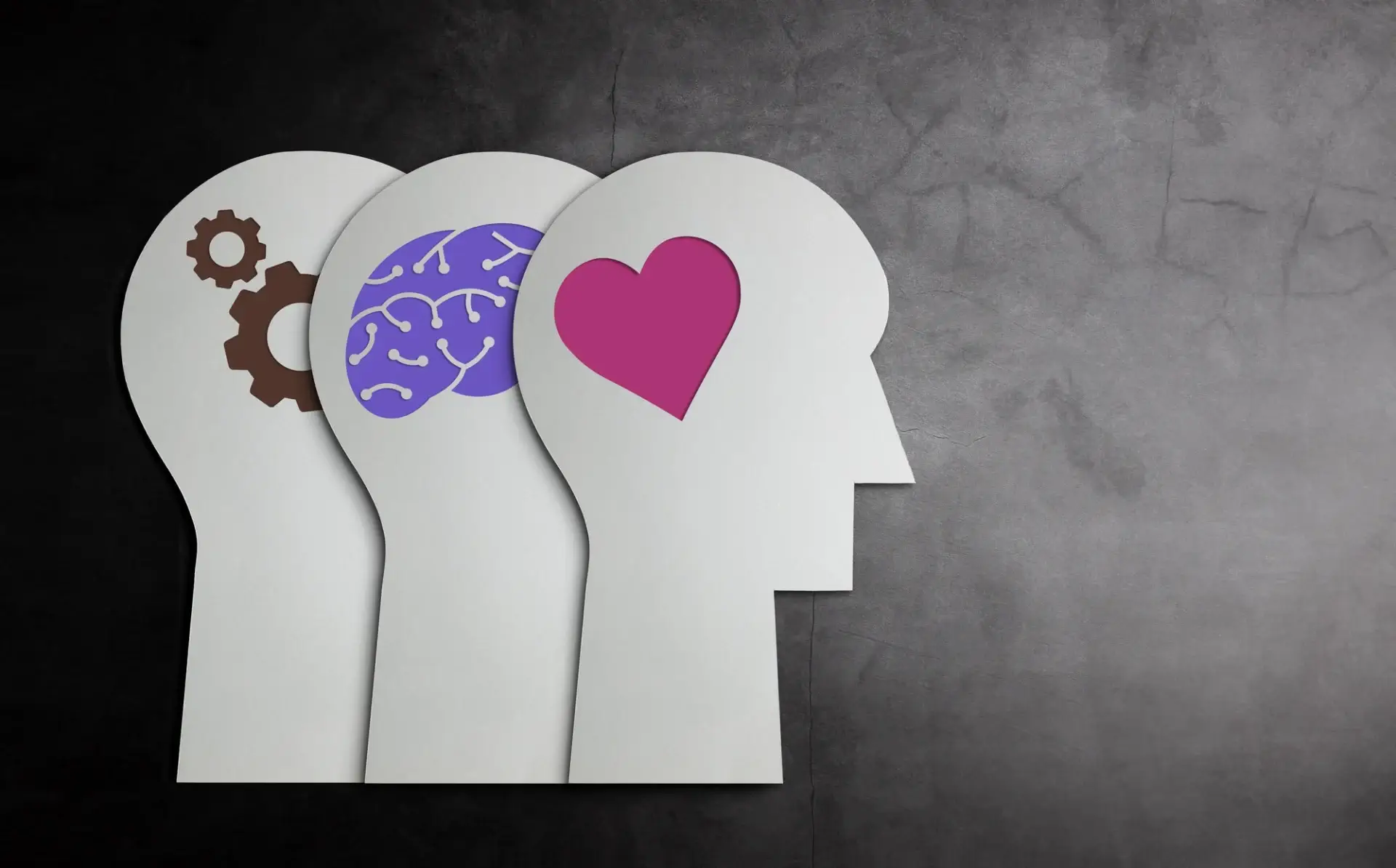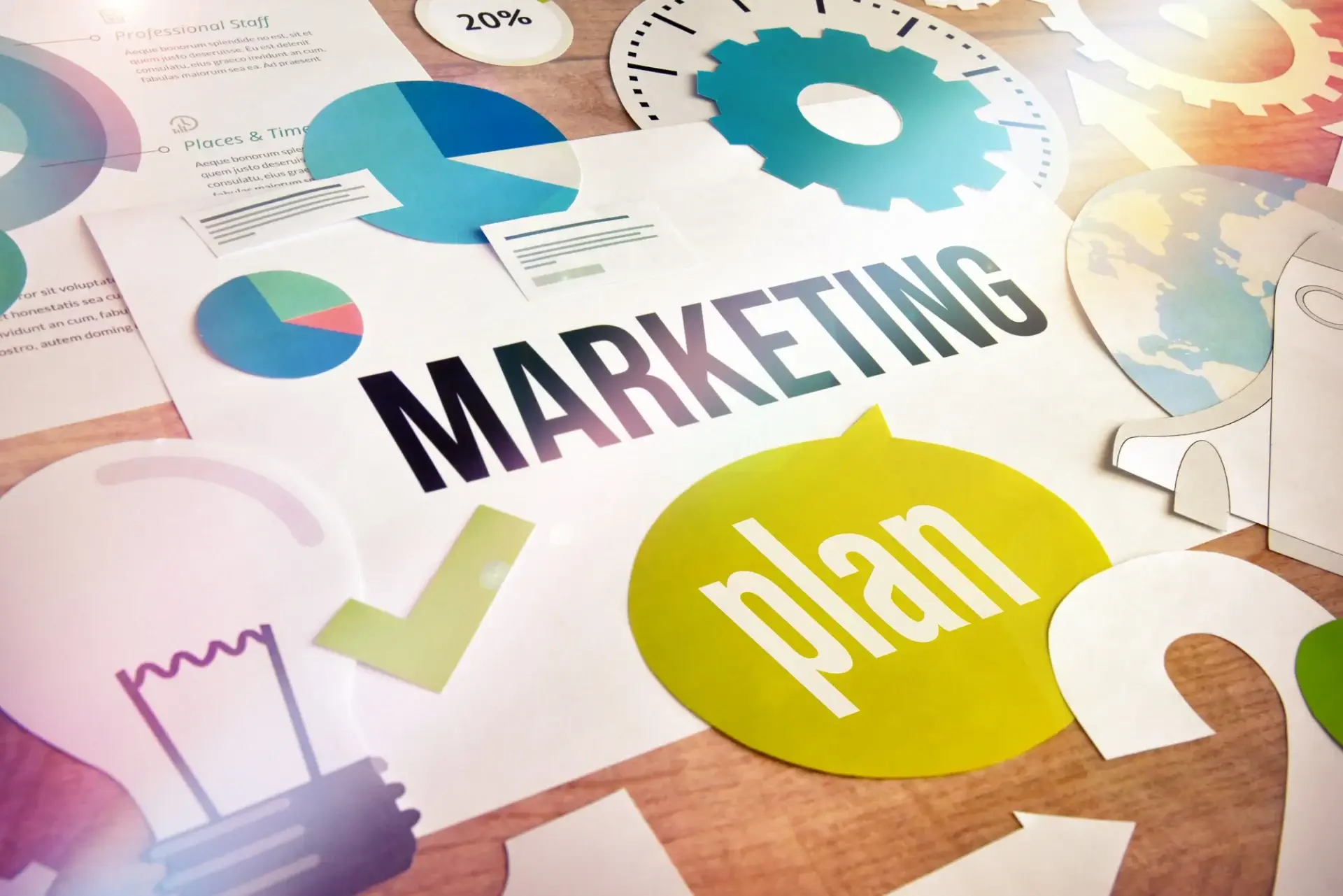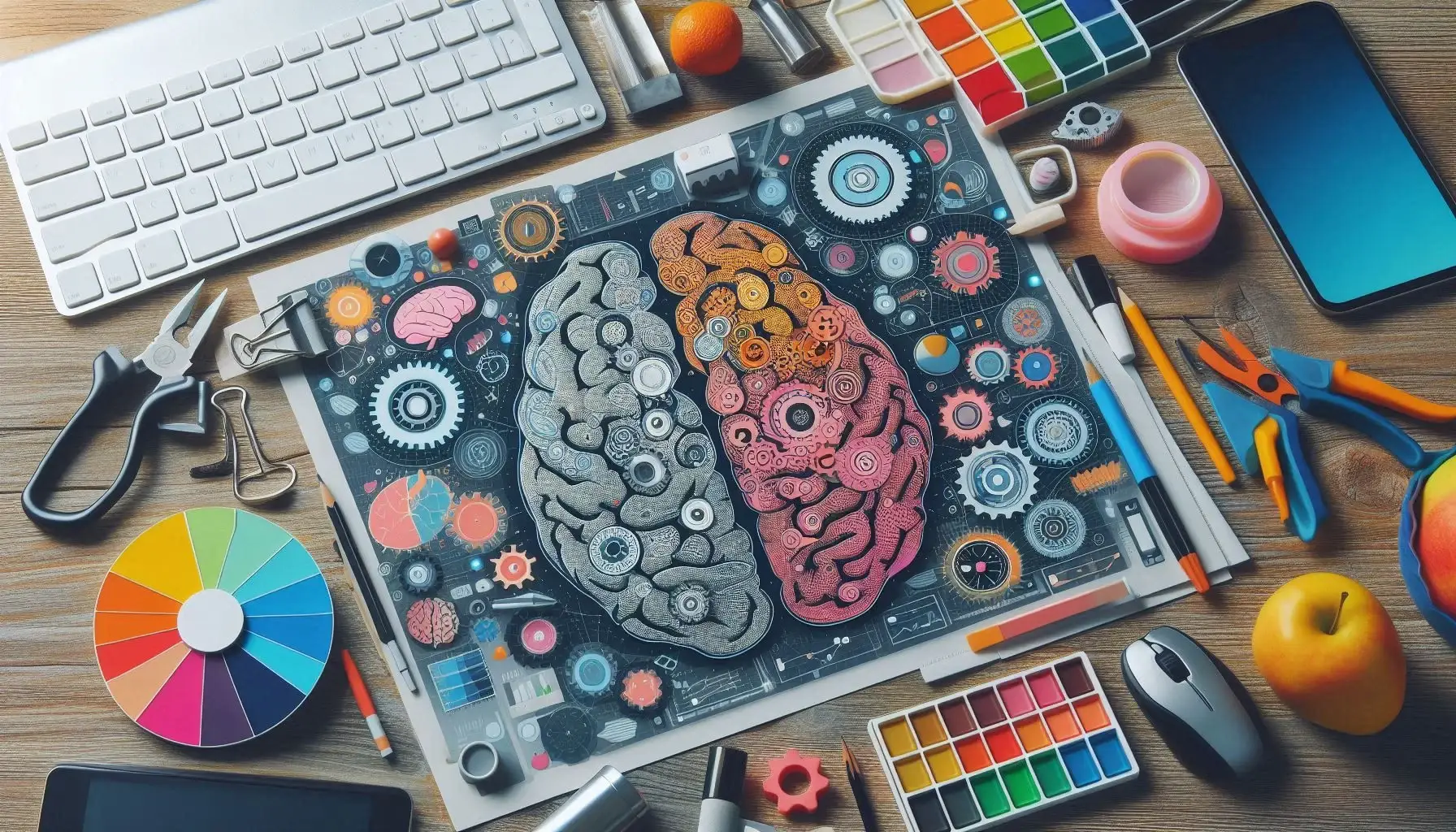In today’s digital age, a well-designed website is no longer just a necessity; it’s a competitive advantage. But what makes a website truly exceptional? It’s not just about aesthetics or functionality; it’s about creating a memorable user experience. By understanding the psychology behind website design, you can craft a website that not only looks good but also engages, converts, and leaves a lasting impression.
The Importance of User Experience
User experience (UX) is the overall impression a user has when interacting with a product or service. In the context of website design, UX encompasses everything from the website’s layout and navigation to its content and messaging. A positive user experience can lead to increased customer satisfaction, loyalty, and conversions. Conversely, a poor user experience can drive customers away and damage your brand’s reputation.
Understanding Human Psychology
To create a memorable user experience, it’s essential to understand the psychology behind human behavior. Here are some key psychological principles to consider:
- Cognitive Load: People have limited cognitive resources. Overloading them with too much information or complex navigation can lead to frustration and confusion. Keep your website design clean and uncluttered.
- Attention Span: People have short attention spans. Make sure your website’s content is easy to scan and digest. Use headings, subheadings, and bullet points to break up large blocks of text.
- Emotional Response: Websites can evoke emotions in users. Use visuals, colors, and typography to create a desired emotional response. For example, bright colors can evoke feelings of happiness and excitement, while darker colors can create a sense of sophistication or mystery.
- Social Proof: People are more likely to trust a website if they see that others have used it and found it valuable. Incorporate social proof elements like testimonials, reviews, and social media shares.
- Scarcity: The perception of scarcity can create a sense of urgency and encourage people to take action. Use limited-time offers, countdown timers, or exclusive content to create a sense of scarcity.
- Reciprocity: People are more likely to return a favor. Offer something valuable to your visitors, such as a free ebook or newsletter, and they may be more likely to do business with you in the future.
Key Elements of Memorable User Experience
In addition to understanding human psychology, there are several key elements that contribute to a memorable user experience:
- Clear and Consistent Navigation: Make it easy for users to find what they’re looking for. Use clear labels, intuitive navigation menus, and a consistent layout.
- Fast Load Times: Slow loading times can frustrate users and drive them away. Optimize your website’s images, code, and hosting to improve load times.
- Mobile-Friendly Design: With the increasing number of people using mobile devices to access the internet, it’s essential to have a mobile-friendly website. Ensure your website is responsive and easy to navigate on smaller screens.
- High-Quality Content: Create high-quality, informative, and engaging content that is relevant to your target audience.
- Visual Appeal: Use visually appealing elements such as images, videos, and graphics to make your website more engaging.
- Call to Action: Clearly indicate what you want users to do on your website. Use strong call-to-action buttons and place them strategically.
- User Testing: Conduct user testing to get feedback on your website’s design and usability. This will help you identify areas for improvement and make your website even better.
Conclusion
Creating a memorable user experience is essential for the success of your website. By understanding the psychology behind human behavior and incorporating the key elements of a great user experience, you can design a website that not only looks good but also engages, converts, and leaves a lasting impression on your visitors.









